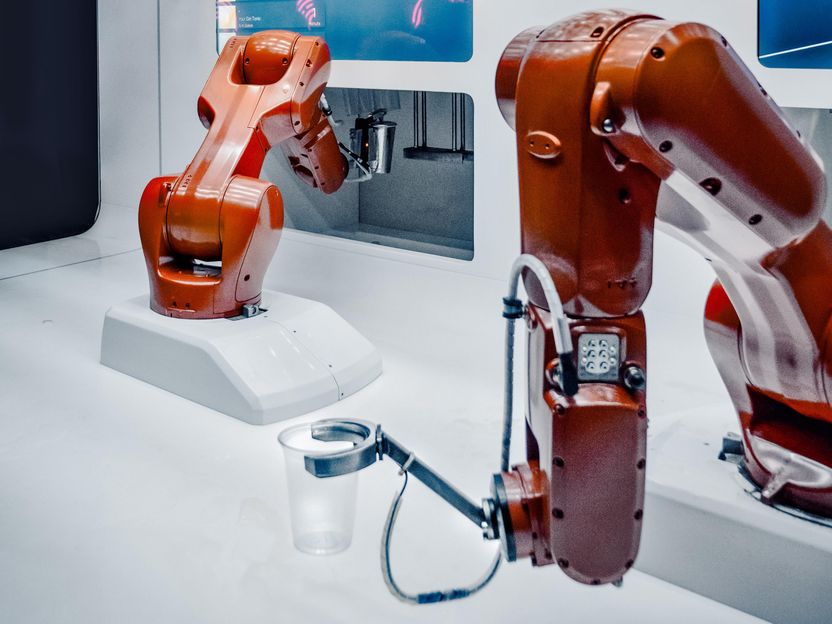Four Key Learnings about robotic process automation
To unlock new opportunities while working with robots
Advertisement
“As promised, “I am back” with more on our key learning from making Robotic Process automation (RPA) an everyday reality at Amber Beverage Group. There are decidedly human dimensions to almost all of our robotic attempts – this time I invite you to reflect on human & machine interaction that RPA systems will inevitably bring about,” said Jekaterina Stuģe, Amber Beverage Group CFO and COO.

Photo by David Levêque on Unsplash
1. Better customer experience can be a major benefit of an automated solution, even if that is usually not the first factor that comes to mind when considering RPA systems. While the automation system may not communicate with clients on the front line, robots can make the service process faster and will certainly provide more time for your teams to engage with clients. These will be indirect but very tangible benefits to consumers.
2. Communicate about change and build confidence. Some employees will feel uneasy about their new robotic colleagues, especially when it directly relates to robotization of their daily routine. It is normal for people to feel a little anxious in the face of change – and there will be changes. You may need a dedicated effort to show a roadmap how the changes that robots bring will generate real opportunities for your teams. And build confidence that your teams can be much more than they were before the arrival of RPA.
3. Speed is not everything. True, robots can do almost anything at an extremely high pace, but some automated processes will still rely on outside inputs that may be beyond your control. The great thing with robots is that they can wait patiently, while your teams can now put their talents to use where they are most needed.
4. You will discover a simple rule in automation “simplify process before automatisation”– the more exceptions or conditions a certain process has, the more difficult it will be to automate the process. It may be worth asking why all these exceptions need to exist in the first place – maybe there is something wrong with the underlying process, something that we could simplified before bringing in automation.
























































